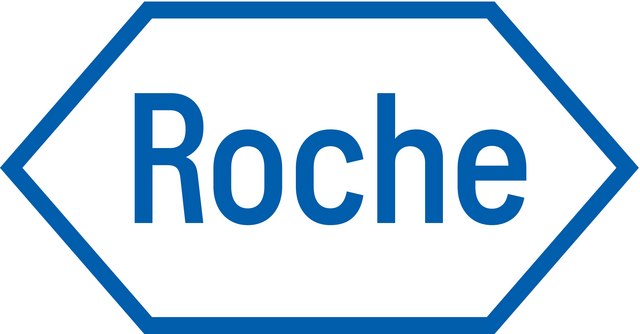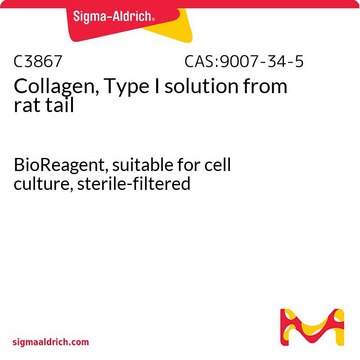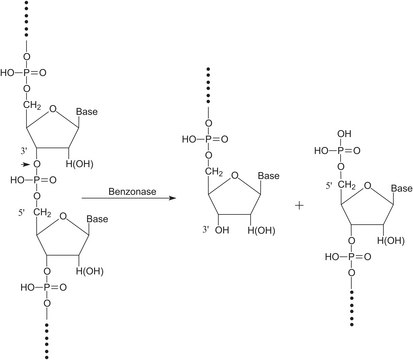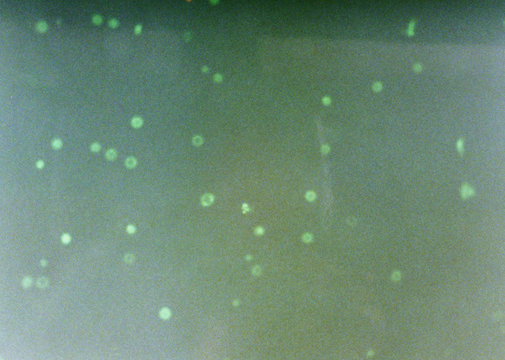추천 제품
사용
sufficient for ≤50 tests
Quality Level
제조업체/상표
Roche
기술
flow cytometry: suitable
응용 분야
detection
저장 온도
−20°C
관련 카테고리
일반 설명
Kit for the detection and quantification of apoptosis at the single-cell level, based on labeling of DNA strand breaks (TUNEL technology); analysis by fluorescence microscopy or flow cytometry.
Widely used methods to determine apoptosis include the analysis of the genomic DNA by agarose-gel electrophoresis and DNA fragmentation assays based on 3H-thymidine and, alternatively, 5-Bromo-2′-deoxy-uridine. The methods involve the separation of fragmented, low molecular weight DNA from unfragmented, high molecular weight DNA in a given cell population. Thus, these methods do not provide information about the fate of an individual cell in a given cell population, or particularly, in tissue sections. Alternatively, individual apoptotic cells may be microscopically recognized because of the characteristic appearance of nuclear chromatin condensation and fragmentation, but this method is subjective and limited to a relatively narrow time window when the morphological changes are at a maximum.
The hallmark of apoptosis is DNA degradation, which in early stages, is selective to the internucleosomal DNA linker regions. The DNA cleavage may yield double-stranded and single-stranded DNA breaks (nicks). Both types of breaks can be detected by labeling the free 3′-OH termini with modified nucleotides (e.g., biotin-dUTP, DIG-dUTP, fluorescein-dUTP) in an enzymatic reaction. The enzyme terminal deoxynucleotidyl transferase (TdT) catalyzes the template-independent polymerization of deoxyribonucleotides to the 3′-end of single- and double-stranded DNA. This method has also been termed TUNEL (TdT-mediated dUTP-X nick end labeling). Alternatively, free 3′-OH groups may be labeled using DNA polymerases by the template-dependent mechanism called nick translation. However, the TUNEL method is considered to be more sensitive and faster.
The hallmark of apoptosis is DNA degradation, which in early stages, is selective to the internucleosomal DNA linker regions. The DNA cleavage may yield double-stranded and single-stranded DNA breaks (nicks). Both types of breaks can be detected by labeling the free 3′-OH termini with modified nucleotides (e.g., biotin-dUTP, DIG-dUTP, fluorescein-dUTP) in an enzymatic reaction. The enzyme terminal deoxynucleotidyl transferase (TdT) catalyzes the template-independent polymerization of deoxyribonucleotides to the 3′-end of single- and double-stranded DNA. This method has also been termed TUNEL (TdT-mediated dUTP-X nick end labeling). Alternatively, free 3′-OH groups may be labeled using DNA polymerases by the template-dependent mechanism called nick translation. However, the TUNEL method is considered to be more sensitive and faster.
특이성
The TUNEL reaction preferentially labels DNA strand breaks generated during apoptosis. This allows discrimination of apoptosis from necrosis and from primary DNA strand breaks induced by cytostatic drugs or irradiation.
애플리케이션
The In Situ Cell Death Detection Kit, Fluorescein, is a precise, fast, and simple nonradioactive technique to detect and quantify apoptotic cell death at the single-cell level by fluorescence microscopy and quantitative detection by flow cytometry in cells and tissues. Thus, the In Situ Cell Death Detection Kit can be used in many different assay systems.
Examples are:
Examples are:
- Detection of individual apoptotic cells in frozen and formalin-fixed tissue sections in basic research
- Determination of sensitivity of malignant cells to drug-induced apoptosis in cancer research
- Typing of cells undergoing cell death in heterogeneous populations by double staining procedures
특징 및 장점
- Sensitive: The direct labeling procedure using fluorescein-dUTP reduces background labeling
- Fast: The use of fluorescein-dUTP allows analysis of the samples directly after the TUNEL reaction
- Convenient: No secondary detection system required
- Accurate: Identification of apoptosis at a molecular level (DNA-strand breaks) and identification of cells at the very early stages of apoptosis
포장
1 kit containing 2 components.
제조 메모
Working solution: Add total volume (50 μl) of Enzyme Solution to the remaining 450 μl Label Solution to obtain 500 μl TUNEL reaction mixture.
Mix well to equilibrate components.
Mix well to equilibrate components.
기타 정보
For life science research only. Not for use in diagnostic procedures.
키트 구성품 전용
제품 번호
설명
- Enzyme Solution (TdT)
- Label Solution (fluorescein-dUTP)
신호어
Danger
유해 및 위험 성명서
Hazard Classifications
Aquatic Chronic 2 - Carc. 1B Inhalation
Storage Class Code
6.1D - Non-combustible acute toxic Cat.3 / toxic hazardous materials or hazardous materials causing chronic effects
WGK
WGK 3
Flash Point (°F)
does not flash
Flash Point (°C)
does not flash
자사의 과학자팀은 생명 과학, 재료 과학, 화학 합성, 크로마토그래피, 분석 및 기타 많은 영역을 포함한 모든 과학 분야에 경험이 있습니다..
고객지원팀으로 연락바랍니다.








